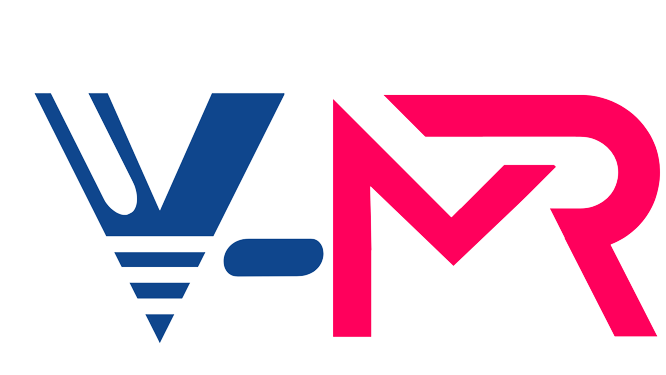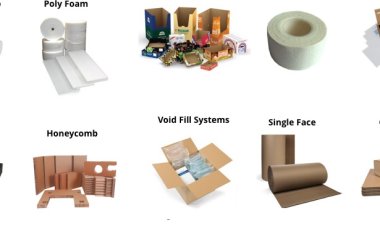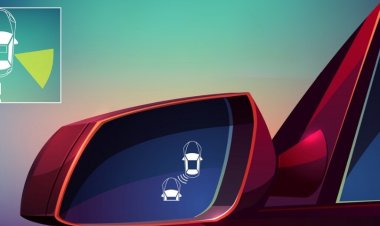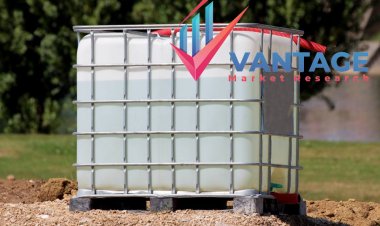You Will Thank Us about Top Companies in Wearable Robots Market You Need To Know
Wearable Robots, sometimes known as power skeletons, are electromechanical wearable robotic systems that use pneumatics, hydraulics, and motors to power a system.
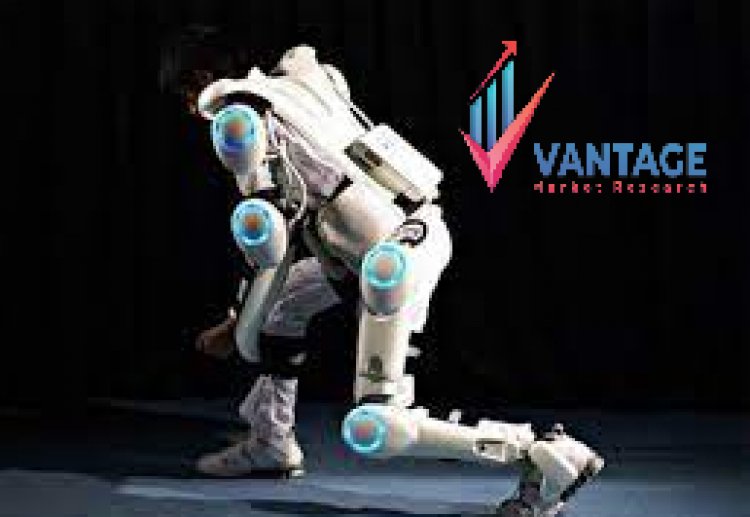
Market Overview:
According to Vantage market research, the Global Wearable Robots market is valued at USD 575.5 Million in 2021 and is projected to attain a value of USD 8345.8 Million by 2028 at a CAGR of 40.1% during the forecast period, 2022–2028. Wearable Robots are basically used to enhance the physical abilities of a person. They also provide manual labor tasks in factory labor, warehouses, and construction sites. Wearable robots are a mechatronic system that is used to design the shape and function of the human body. This technology is used in various applications such as neuromotor control research & rehabilitation, man-amplification, and telemanipulation to provide assistance with impaired human motor control. In addition, these robots offer various advantages in manufacturing sectors such as lower work fatigue and reducing work-related injuries to increase work quality and productivity. All these factors are contributed to the development of the Wearable Robots Market in the coming years.
The rising number of patients with body movement disorders called Parkinson's disease, strokes, etc. is the main factor for propelling the growth of the market in the next few years. These diseases limit the body movements of the patient and create problems in daily routine activities, thus, it increases the market demand. According to the Parkinson's Foundation, around 930,000 Parkinson's disease patients has been observed in the United States in 2020. In addition, the increased use of these robots in the military and defense sectors is fuelling the growth of the market. This surge is mainly accounted for due to the high investment in these technologies to provide efficiency and safety to the soldiers. For instance, DRDO, Defense Research, and Development Organization are developing an exoskeleton for the Indian soldiers posted in high altitudes.
Following are the top leading companies in the global Wearable Robots Market:
|
Company Name |
Revenue in USD |
|
$15 Million |
|
<$5 Million |
|
$11 Million |
|
$8 Million |
|
$118 Billion |
|
$24 Million |
|
$67 Billion |
|
<$5 Million |
|
$5 Million |
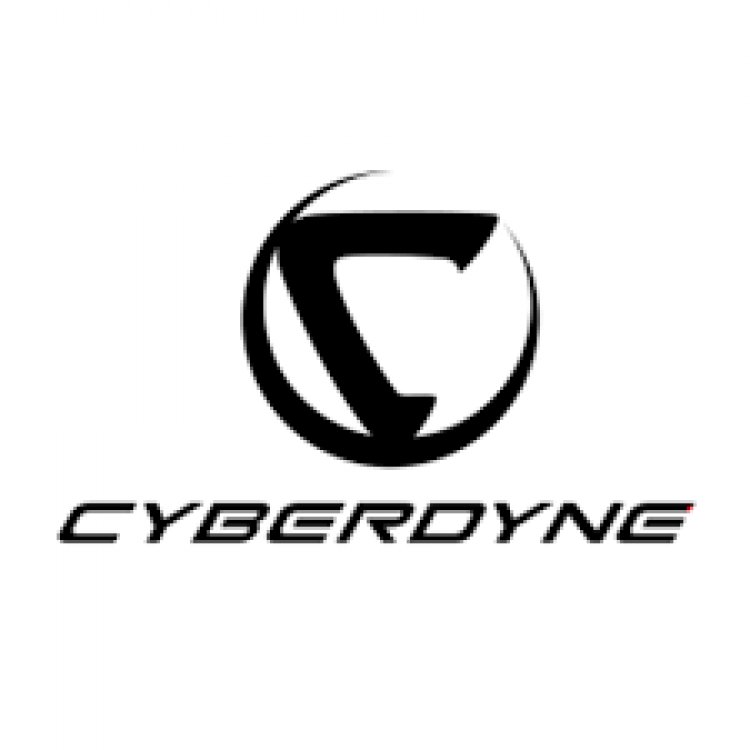
Cyberdyne was founded on June 24, 2004, the company is a Japanese robotics and technology company most noted for the marketing and distribution of the HAL robotic exoskeleton suit. The company also developed a variety of innovative Cybernics devices and interfaces and advanced AI-Robot products to enable early detection and prevention for health maintenance, to improve our aging workforce, and to respond to the shrinking workforce. The company's products are based on a new concept of IoH/IoT technology (Internet of people and things). Through this technology, the human nervous system, physiological system, and environmental system are connected to the supercomputer, and big data of humans and things are accumulated, analyzed, and AI processed, thus accelerating the creation of a new Cybernics Industry that fuses "Humans" with "Cyberspace and Physical Space".
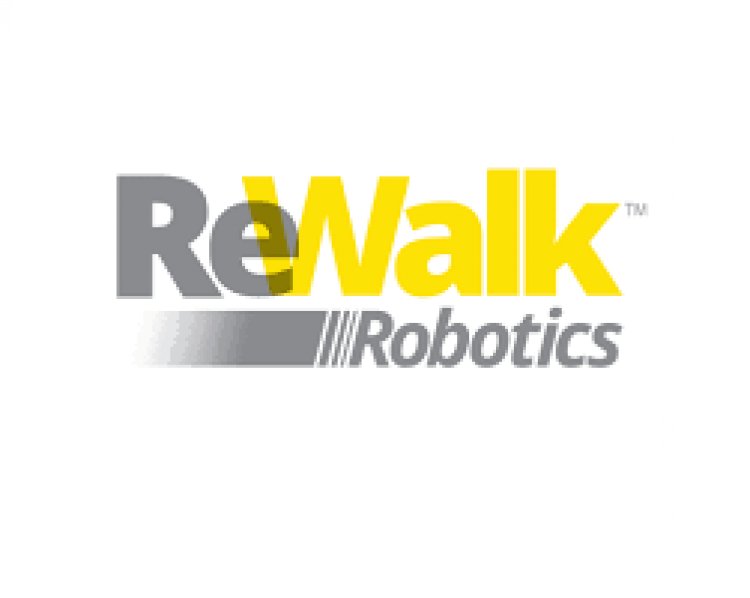
ReWalk is a wearable robotic exoskeleton that provides powered hip and knee motion to enable individuals with spinal cord injury (SCI) to stand upright, walk, turn, and climb and descend stairs. The company is the first exoskeleton to receive FDA clearance for personal and rehabilitation use in the United States. ReStore is a powered, lightweight soft exo-suit intended for use in the rehabilitation of individuals with lower limb disability due to stroke. It is the only post-stroke gait training solution that provides both dorsiflexion and plantarflexion assistance to facilitate functional gait training.
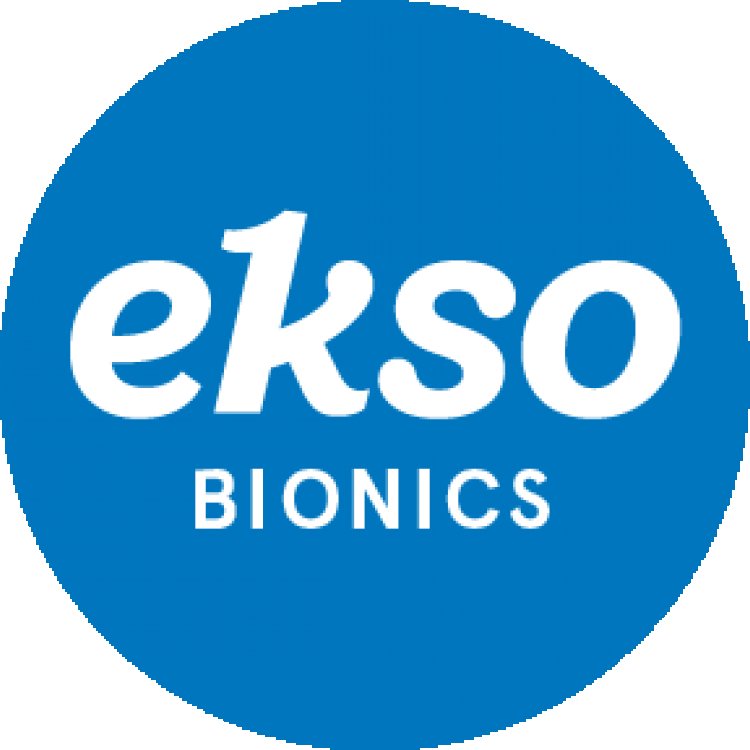
Ekso Bionics Holdings Inc. is a company that develops and manufactures powered exoskeleton bionic devices that can be strapped on as wearable robots to enhance the strength, mobility, and endurance of industrial workers and people experiencing paralysis and mobility issues after a brain injury, stroke, or spinal cord injury. These robots have a variety of applications in the medical, military, industrial, and consumer markets. It enables individuals with any amount of lower extremity weakness, including those who are paralyzed, to stand up and walk. The company's first commercially available product was called EksoGT (formerly eLEGS). Ekso Bionics is the original developer of HULC, now under military development by Lockheed Martin, and the current developers of EksoNR, which allows wheelchair users and those experiencing gait issues to stand and walk.
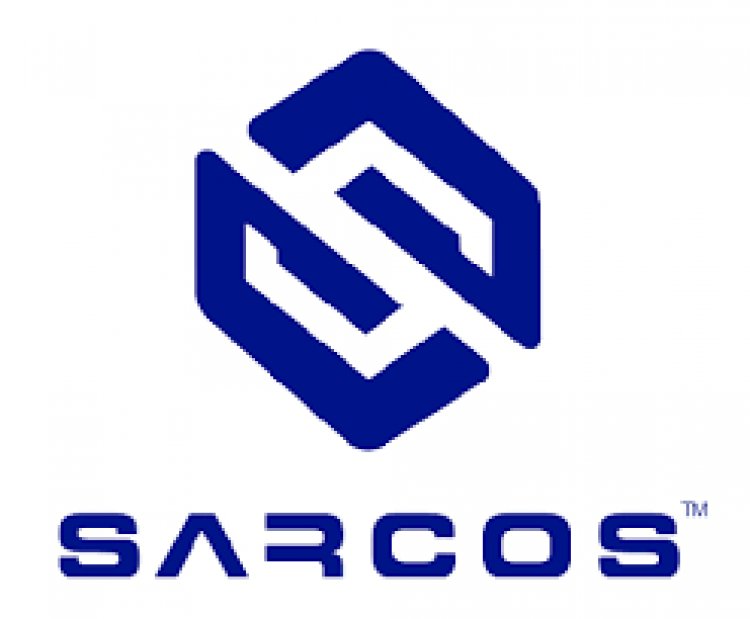
Sarcos is an American developer of robotics and microelectromechanical systems and related technologies. It was founded in the early 1980s, the company specializes in creating robotic devices for military and industrial applications. The company's work can be found in a wide variety of applications, ranging from the robotic pirates and dinosaurs at theme parks to the robotic fountains in front of the Bellagio Hotel in Las Vegas, to the NASA space suit testing equipment, prosthetic limbs, and MEMS sensors. The company is developing robots that improve safety and efficiency in a variety of industries such as defense, public safety, manufacturing, logistics, oil & gas, construction, transportation, mining, infrastructure inspection, and health care.
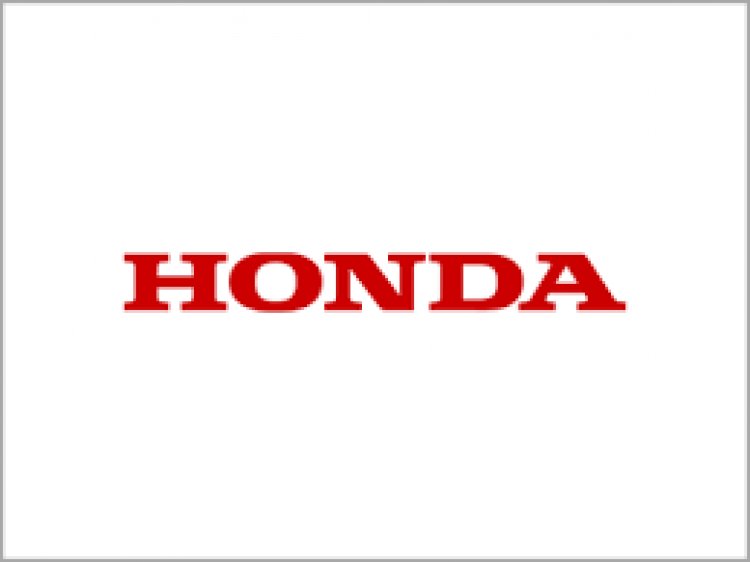
Honda Motor Company, Ltd. is a Japanese public multinational conglomerate manufacturer of automobiles, motorcycles, and power equipment, headquartered in Minato, Tokyo, Japan. The company has been the world's largest motorcycle manufacturer since 1959, reaching a production of 400 million by the end of 2019, as well as the world's largest manufacturer of internal combustion engines measured by volume, producing more than 14 million internal combustion engines each year. The company became the second-largest Japanese automobile manufacturer. Honda was the first Japanese automobile manufacturer to release a dedicated luxury brand, Acura, in 1986. Aside from their core automobile and motorcycle businesses, Honda also manufactures garden equipment, marine engines, personal watercraft and power generators, and other products.
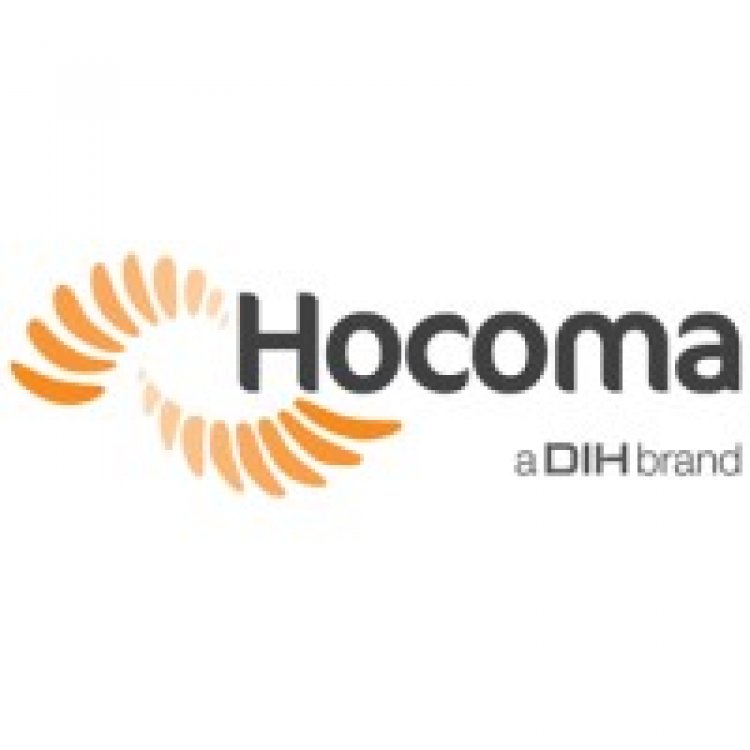
Hocoma is part of the DIH Medical group that delivers advanced rehabilitation technology and solutions for clinical, hospital, and research markets. The company is a global market leader in the development, manufacturing, and marketing of robotic and sensor-based devices for functional movement therapy. The company launches major updates for Armeo game-like exercises including new features, updated visuals, and updated sound design. The company is founded as a limited liability company by electrical and biomedical engineers.
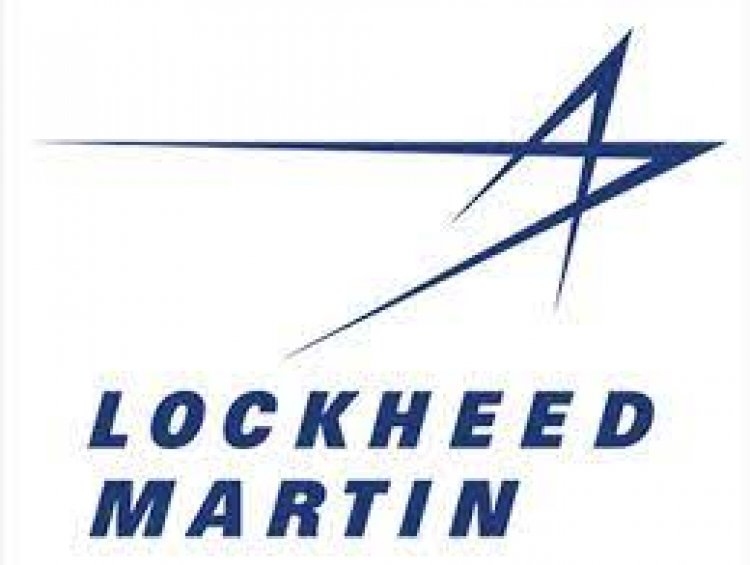
Lockheed Martin Corporation is an American aerospace, arms, defense, information security, and Technology Corporation with worldwide interests. The company was formed by the merger of Lockheed Corporation with Martin Marietta in March 1995. It is headquartered in North Bethesda, Maryland, in the Washington, D.C. area. Lockheed Martin is one of the largest companies in the aerospace, military support, security, and technologies industry. The company operates in four business segments: Aeronautics, Missiles and Fire Control (MFC), Rotary and Mission Systems (RMS), and Space. The company has received the Collier Trophy six times, including in 2001 for being part of developing the X-35/F-35B LiftFan Propulsion System and most recently in 2018 for the Automatic Ground Collision Avoidance System (Auto-GCAS). The company is currently developing the F-35 Lightning II and leads the international supply chain, leads the team for the development and implementation of technology solutions for the new USAF Space Fence (AFSSS replacement), and is the primary contractor for the development of the Orion command module.
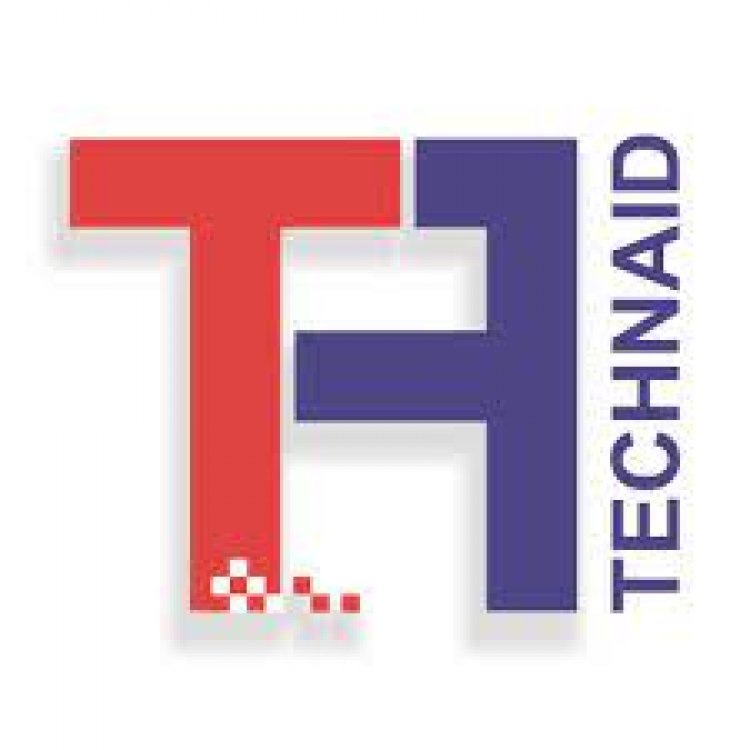
Technaid develops motion capture systems focused on the measurement and registration of human movement. The company also develops commercial products framed in the field of technical aids for disability and healthy lifestyles. Technaid was founded in 2004 and is based in Madrid, Spain. The company is an R+D company specialized in the development of accurate MoCap Systems based on inertial technology and research-focused exoskeletons. Technaid’s main objective is to transfer knowledge obtained from national and European I+D+i (R&D+i) projects in which the company participates in commercial products framed in the field of technical aids both for able and disabled people.
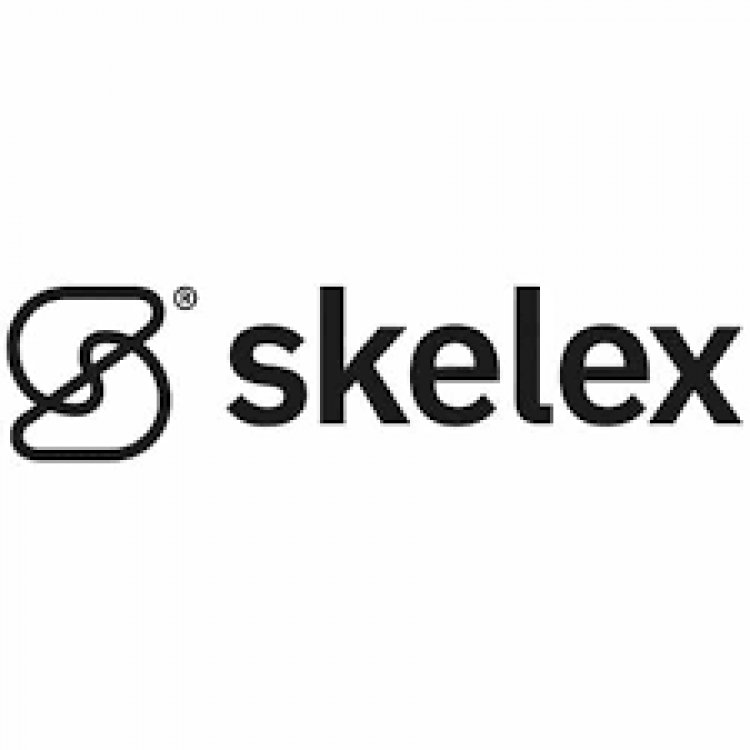
Skelex has been a cornerstone of the passive exoskeleton movement, pushing boundaries of innovation and adoption over the years. The company is driven to improve the overall utility and comfort of how humans work in an industrial setting. The company's mission is to empower people to surpass their human potential. The company designs products and markets custom non-powered upper-body exoskeleton solutions for large-scale manufacturing companies. Their products empower workers in aerospace manufacturing, shipbuilding, and heavy manufacturing to be more productive while minimizing the risk of ergonomic injuries.
Get Free Sample Here @ https://www.vantagemarketresearch.com/wearable-robots-market-1193/request-sample
For More Information about each of these companies.
Vantage Market Research Report comes up with detailed analysis of each major player in the industry. The Study provides Global market size & share, Emerging trends, In-depth analysis of key players, Development opportunities, Sales, Revenue Forecast.
